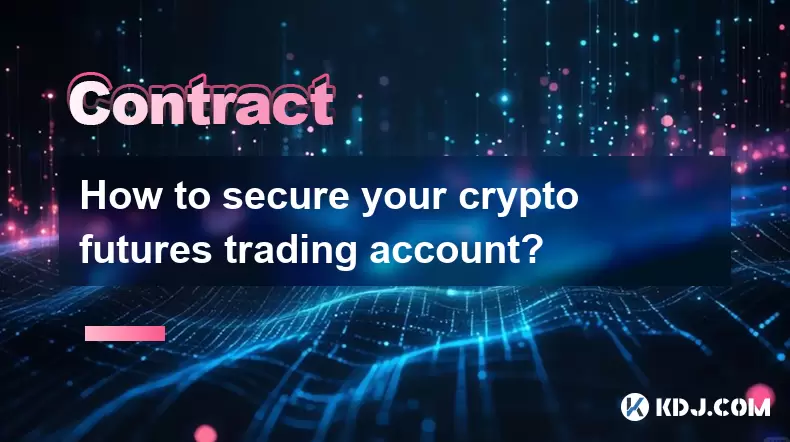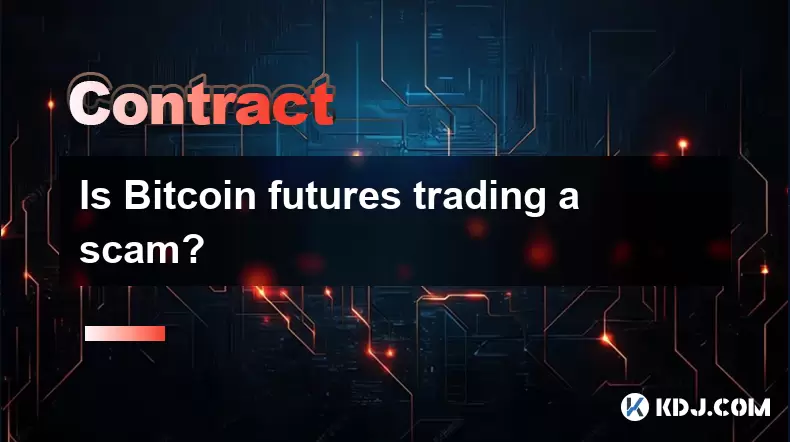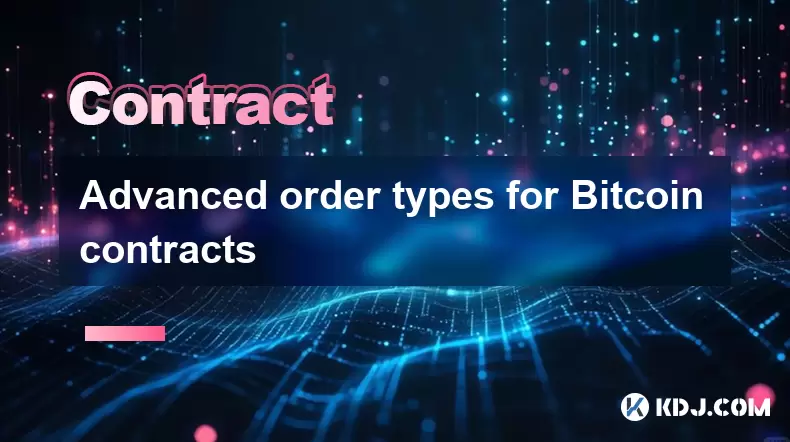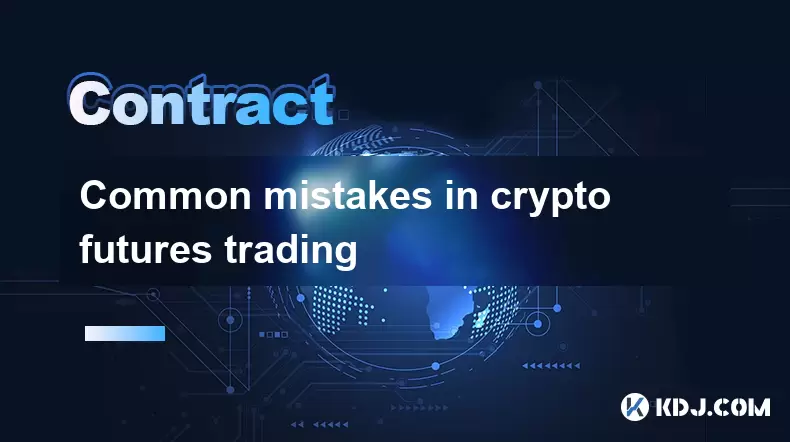-
 Bitcoin
Bitcoin $117100
0.03% -
 Ethereum
Ethereum $3751
0.52% -
 XRP
XRP $3.540
2.92% -
 Tether USDt
Tether USDt $1.000
-0.03% -
 BNB
BNB $766.2
2.34% -
 Solana
Solana $197.0
9.90% -
 USDC
USDC $0.9998
-0.01% -
 Dogecoin
Dogecoin $0.2740
1.78% -
 Cardano
Cardano $0.8900
4.86% -
 TRON
TRON $0.3145
0.94% -
 Hyperliquid
Hyperliquid $44.10
-3.58% -
 Stellar
Stellar $0.4720
2.49% -
 Sui
Sui $3.978
2.67% -
 Chainlink
Chainlink $19.38
1.24% -
 Hedera
Hedera $0.2697
0.17% -
 Avalanche
Avalanche $25.47
2.65% -
 Bitcoin Cash
Bitcoin Cash $521.0
-3.52% -
 Shiba Inu
Shiba Inu $0.00001543
1.08% -
 Litecoin
Litecoin $115.5
-1.06% -
 UNUS SED LEO
UNUS SED LEO $8.992
0.01% -
 Toncoin
Toncoin $3.345
3.01% -
 Polkadot
Polkadot $4.481
1.11% -
 Uniswap
Uniswap $10.96
5.09% -
 Ethena USDe
Ethena USDe $1.001
0.02% -
 Pepe
Pepe $0.00001414
2.00% -
 Monero
Monero $318.9
-1.25% -
 Bitget Token
Bitget Token $4.902
0.16% -
 Dai
Dai $0.9999
-0.02% -
 Aave
Aave $320.8
0.07% -
 Bittensor
Bittensor $448.1
8.95%
Is scalping Bitcoin futures profitable?
Scalping Bitcoin futures involves quick trades to capture small price movements, relying on liquidity, volatility, and leverage for profit.
Jul 22, 2025 at 12:21 am

Understanding Scalping in Bitcoin Futures
Scalping is a trading strategy that involves making numerous trades throughout the day to capture small price movements. In the context of Bitcoin futures, scalping typically refers to taking advantage of short-term volatility in the futures market, which is often more liquid and leveraged than the spot market. Traders who engage in scalping Bitcoin futures aim to enter and exit positions within seconds or minutes, relying heavily on technical analysis and order flow data.
Bitcoin futures contracts are derivative instruments that allow traders to speculate on the future price of Bitcoin without owning the underlying asset. These contracts are offered by major exchanges such as Binance, Bybit, and OKX, and they often come with leverage options that can amplify both gains and losses.
Key Components of Scalping Bitcoin Futures
To determine whether scalping Bitcoin futures is profitable, it’s essential to understand the core components that influence success in this strategy:
- Liquidity: High liquidity ensures that orders can be executed quickly without significant slippage. Bitcoin futures markets on major platforms generally offer deep liquidity, especially for perpetual contracts.
- Volatility: Bitcoin is known for its high volatility, which creates numerous small price swings ideal for scalping.
- Leverage: Futures contracts allow traders to use leverage (e.g., 10x, 20x, or even 100x), which increases the potential for profit but also heightens the risk of liquidation.
- Transaction Costs: Frequent trading leads to higher fees. Traders must consider maker/taker fees, funding rates, and other associated costs when evaluating profitability.
- Execution Speed: Fast execution is crucial in scalping. Delays in order processing can result in missed opportunities or unfavorable entry/exit points.
Technical Setup for Scalping Bitcoin Futures
A successful scalping strategy for Bitcoin futures requires a robust technical setup. This includes:
- Trading Platform: Use a reliable exchange with low-latency execution and advanced charting tools. Platforms like Bybit and Binance Futures offer sophisticated trading interfaces.
- Indicators and Tools: Scalpers often rely on real-time data and technical indicators such as moving averages, Bollinger Bands, and order book depth to identify short-term price movements.
- Automated Tools: Some traders use bots or scripts to automate entries and exits based on predefined conditions. However, automation requires thorough backtesting and risk management.
- Risk Management Tools: Implement stop-loss and take-profit levels on every trade to limit potential losses and secure small profits consistently.
Profitability Factors in Scalping Bitcoin Futures
The profitability of scalping Bitcoin futures depends on several interrelated factors:
- Win Rate and Risk-Reward Ratio: Even with a high win rate, if the average loss exceeds the average gain, the strategy may not be profitable. A consistent risk-reward ratio of at least 1:1 is necessary.
- Market Conditions: Scalping works best in sideways or choppy markets where small price fluctuations are frequent. During strong trends or news-driven volatility, scalping may underperform.
- Discipline and Psychology: Scalping is mentally taxing. Traders must remain disciplined and avoid emotional decision-making, especially when facing consecutive losses.
- Backtesting and Optimization: Before deploying real capital, traders should backtest their scalping strategy using historical data and optimize it for current market conditions.
Challenges and Risks Involved
Despite the potential for quick profits, scalping Bitcoin futures comes with notable risks:
- High Risk of Liquidation: Using high leverage increases the chance of liquidation, especially if stop-loss levels are too tight or volatility spikes unexpectedly.
- Slippage: In fast-moving markets, orders may not execute at the desired price, leading to slippage that erodes profits.
- Overtrading: The temptation to take every small move can lead to overtrading, which increases transaction costs and exposure to market noise.
- Regulatory and Exchange Risks: Changes in exchange policies, funding rates, or regulatory actions can impact the viability of scalping strategies.
FAQ: Frequently Asked Questions About Scalping Bitcoin Futures
Q: Do I need a large capital to start scalping Bitcoin futures?
A: While it’s possible to scalp with small capital, a larger account provides more flexibility with position sizing and risk management. It also reduces the impact of transaction costs on overall profitability.
Q: Can I scalp Bitcoin futures without using leverage?
A: Yes, but leverage is commonly used in futures trading to amplify returns. Trading without leverage reduces risk but may also limit potential gains, especially in a low-volatility environment.
Q: How many trades per day are typical for a Bitcoin futures scalper?
A: Scalpers may execute dozens to hundreds of trades per day, depending on market conditions and strategy parameters. The frequency depends on the trader’s setup and the availability of short-term opportunities.
Q: What time frames are best for scalping Bitcoin futures?
A: Most scalpers focus on 1-minute or 5-minute charts to identify quick entry and exit points. These time frames provide enough granularity for fast decision-making while filtering out excessive noise.
Disclaimer:info@kdj.com
The information provided is not trading advice. kdj.com does not assume any responsibility for any investments made based on the information provided in this article. Cryptocurrencies are highly volatile and it is highly recommended that you invest with caution after thorough research!
If you believe that the content used on this website infringes your copyright, please contact us immediately (info@kdj.com) and we will delete it promptly.
- Bitcoin, Trump Media, and Acquisition: A New York Perspective
- 2025-07-22 06:30:12
- Venture Capital, Crypto Treasuries, and Ethena (ENA): A New York Perspective
- 2025-07-22 06:50:13
- Solana: Building a Decentralized Nasdaq with Block Assembly Marketplace?
- 2025-07-22 06:30:12
- Jito, BAM, and Solana MEV: A New Era for Blockspace?
- 2025-07-22 06:50:13
- Raydium, Crypto Payroll, and Transformation: A New Era for Fintech
- 2025-07-22 07:30:12
- Arctic Pablo Coin Presale: The Meme Coin Opportunity of 2025?
- 2025-07-22 07:35:12
Related knowledge

What is a maker vs a taker fee?
Jul 19,2025 at 01:14am
Understanding the Basics of Cryptocurrency Exchange FeesIn the world of cryptocurrency trading, maker vs taker fees are a fundamental concept that eve...

How to secure your crypto futures trading account?
Jul 21,2025 at 11:42pm
Understanding the Risks in Crypto Futures TradingCrypto futures trading involves significant risks due to market volatility and leverage. Your trading...

Is Bitcoin futures trading a scam?
Jul 22,2025 at 01:42am
Understanding Bitcoin Futures TradingBitcoin futures trading refers to the process of buying and selling contracts that derive their value from the fu...

How to analyze Bitcoin futures data from CME?
Jul 19,2025 at 05:22pm
Understanding Bitcoin Futures on CMEBitcoin futures on the CME Group (Chicago Mercantile Exchange) represent a regulated financial instrument that all...

Advanced order types for Bitcoin contracts
Jul 21,2025 at 01:14pm
Understanding Advanced Order Types in Bitcoin ContractsIn the world of Bitcoin futures trading, advanced order types play a crucial role in managing r...

Common mistakes in crypto futures trading
Jul 20,2025 at 09:56pm
Overleveraging Without Risk ManagementOne of the most common mistakes in crypto futures trading is overleveraging. Traders often believe that using hi...

What is a maker vs a taker fee?
Jul 19,2025 at 01:14am
Understanding the Basics of Cryptocurrency Exchange FeesIn the world of cryptocurrency trading, maker vs taker fees are a fundamental concept that eve...

How to secure your crypto futures trading account?
Jul 21,2025 at 11:42pm
Understanding the Risks in Crypto Futures TradingCrypto futures trading involves significant risks due to market volatility and leverage. Your trading...

Is Bitcoin futures trading a scam?
Jul 22,2025 at 01:42am
Understanding Bitcoin Futures TradingBitcoin futures trading refers to the process of buying and selling contracts that derive their value from the fu...

How to analyze Bitcoin futures data from CME?
Jul 19,2025 at 05:22pm
Understanding Bitcoin Futures on CMEBitcoin futures on the CME Group (Chicago Mercantile Exchange) represent a regulated financial instrument that all...

Advanced order types for Bitcoin contracts
Jul 21,2025 at 01:14pm
Understanding Advanced Order Types in Bitcoin ContractsIn the world of Bitcoin futures trading, advanced order types play a crucial role in managing r...

Common mistakes in crypto futures trading
Jul 20,2025 at 09:56pm
Overleveraging Without Risk ManagementOne of the most common mistakes in crypto futures trading is overleveraging. Traders often believe that using hi...
See all articles

























































































